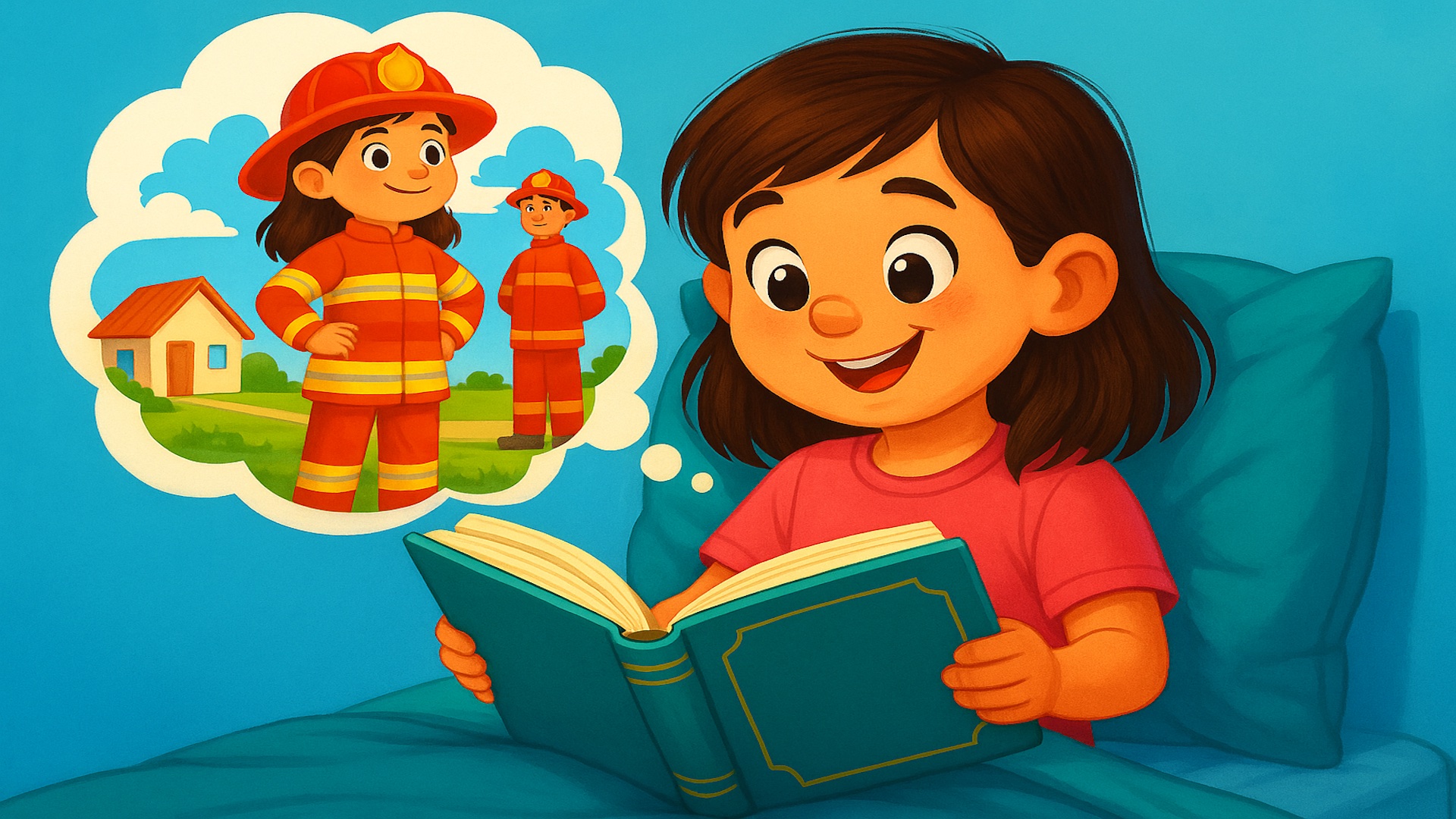It’s not just about learning letters.
By age five, a child’s brain is doing something remarkable: it's learning not just how to read — but how to imagine, how to feel, and how to believe in themselves.
That’s why the books we read with them matter. Especially now.
Here’s how reading deeply shapes the emotional lives of kindergartners:
1. Reading Builds the Imagination Muscle
Before kids can write or even speak in full sentences, they can visualize. Stories activate their minds like a movie — characters, colors, settings. This creative simulation wires their brains for possibility, not just memory¹.
2. Stories Teach Emotional Bravery
Kindergartners often don’t have the words for big feelings yet — but books give them emotional models. They watch a scared bunny try again, or a quiet girl speak up — and start to believe, “I could do that too.” Reading fiction helps children simulate emotions and improve empathy²⁻³.
3. Reading Together Says: “You Matter”
When we sit down to read with a child, we’re saying more than “let’s read.” We’re saying: You’re worth my time. Your ideas matter. Let’s imagine something together. Joint reading also builds relational warmth and security⁴⁻⁵.
That’s the root of self-worth.
📚 References
¹ Center on the Developing Child at Harvard University. (n.d.). Brain architecture. Harvard University. https://developingchild.harvard.edu/science/key-concepts/brain-architecture/
² Green, M. C., & Brock, T. C. (2000). The role of transportation in the persuasiveness of public narratives. Journal of Personality and Social Psychology, 79(5), 701–721. https://doi.org/10.1037/0022-3514.79.5.701
³ Mar, R. A., Oatley, K., Hirsh, J., dela Paz, J., & Peterson, J. B. (2006). Bookworms versus nerds: Exposure to fiction versus non-fiction, reading habits, and social abilities. Journal of Research in Personality, 40(5), 694–712. https://doi.org/10.1016/j.jrp.2005.08.002
⁴ Bus, A. G., van IJzendoorn, M. H., & Pellegrini, A. D. (1995). Joint book reading makes for success in learning to read: A meta-analysis on intergenerational transmission of literacy. Review of Educational Research, 65(1), 1–21. https://doi.org/10.3102/00346543065001001
⁵ National Association for the Education of Young Children (NAEYC). (n.d.). Reading aloud to young children. https://www.naeyc.org/resources/pubs/tyc/feb2014/reading-aloud

 All Posts
All Posts
